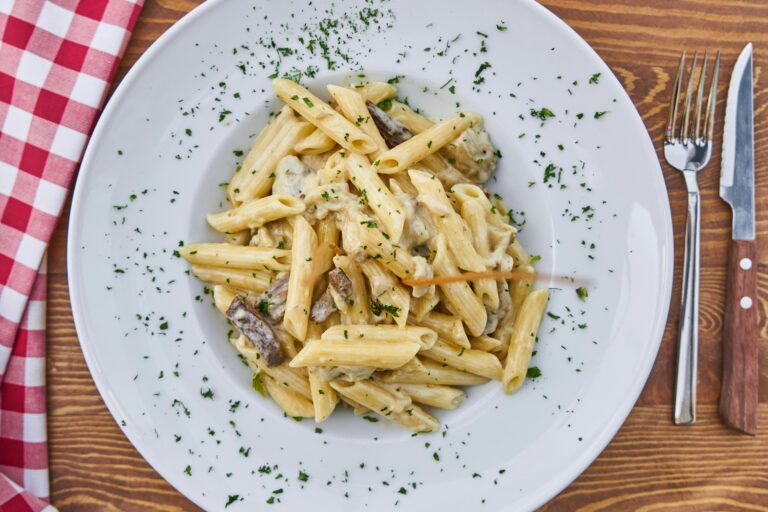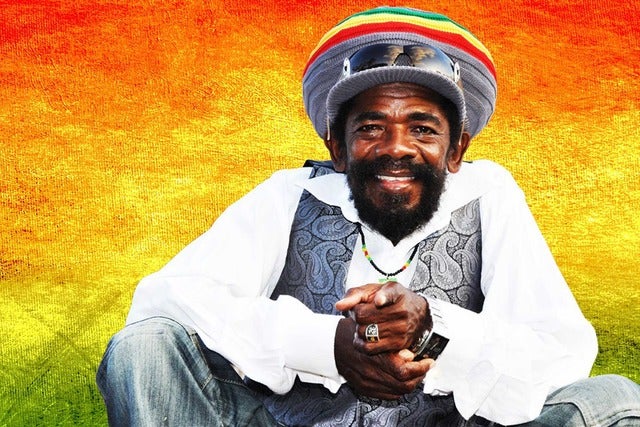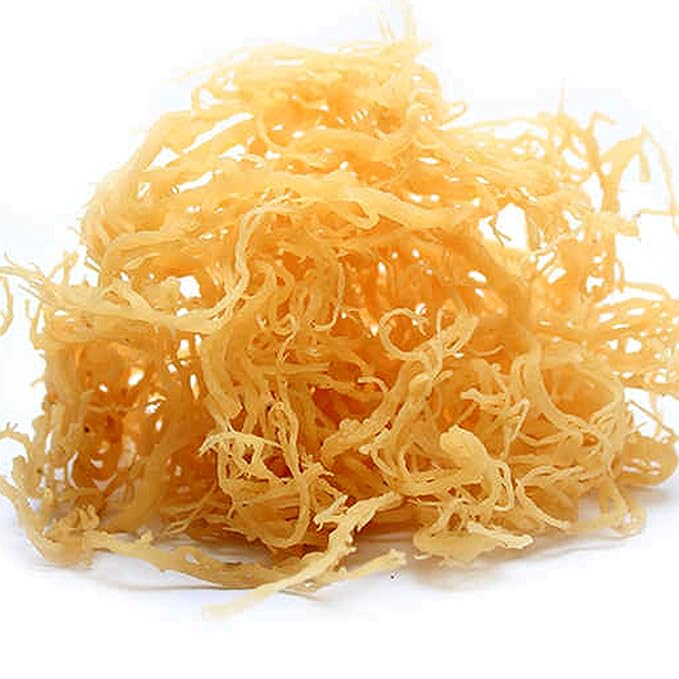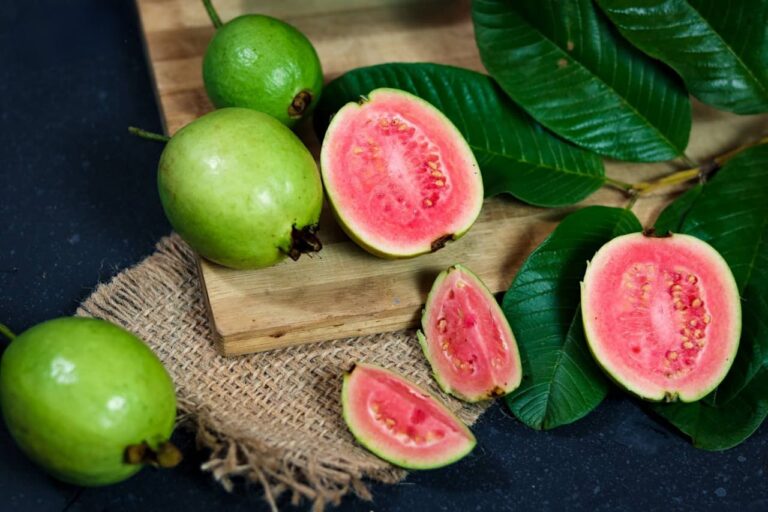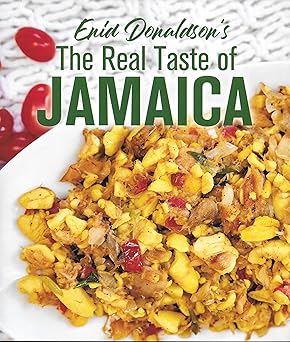Rasta Pasta is a flavorful, Caribbean-inspired pasta dish that blends Italian-style pasta with Jamaican ingredients. It’s typically made with colorful bell peppers (reflecting the Rastafarian colors: red, green, and gold), jerk seasoning, and either a creamy or tomato-based sauce. It often includes chicken, shrimp, or vegetables. Despite the name, it’s not a traditional Rastafarian dish—more of a fusion that pays homage to Jamaican flavors.
Significance in the Rasta Diet
Rastafarians often follow an Ital diet, which is a natural, plant-based way of eating rooted in spiritual and health principles. The Ital diet avoids processed foods, additives, and often meat and dairy. That means traditional Rasta Pasta, especially versions made with cream or meat, wouldn’t align with strict Ital principles. However, it can be adapted easily to fit the diet by making it vegan and using whole, natural ingredients.
So while “Rasta Pasta” isn’t culturally or religiously significant, it can be made Ital-style and enjoyed in a way that respects the Rasta lifestyle.
5 Variations of Rasta Pasta
- Vegan Ital Rasta Pasta
- Base: Coconut milk
- Protein: Chickpeas or tofu
- Seasoning: Jerk seasoning, thyme, scallion
- Veggies: Bell peppers, spinach, zucchini
- Pasta: Whole wheat or gluten-free
- Creamy Jerk Chicken Rasta Pasta
- Base: Heavy cream or cream cheese
- Protein: Grilled jerk chicken
- Veggies: Red, yellow, and green bell peppers
- Extras: Parmesan or mozzarella
- Pasta: Penne or fettuccine
- Shrimp Rasta Pasta with Coconut Cream
- Base: Coconut milk + garlic + scotch bonnet pepper
- Protein: Jerk-marinated shrimp
- Veggies: Onions, peppers, fresh tomato
- Add-ons: Lime juice and fresh herbs
- Pasta: Linguine or spaghetti
- Tomato-Based Rasta Pasta
- Base: Crushed tomatoes + jerk paste
- Protein: Plant-based meat or beans
- Veggies: Okra, bell peppers, mushrooms
- Spice: Scotch bonnet or habanero
- Pasta: Rotini or fusilli
- One-Pot Rasta Pasta Bake
- Base: Cashew cream or dairy cream
- Protein: Jackfruit, tofu, or chicken
- Veggies: Mixed bell peppers, corn
- Prep: Everything baked in the oven with cheese on top
- Pasta: Elbow or rigatoni


